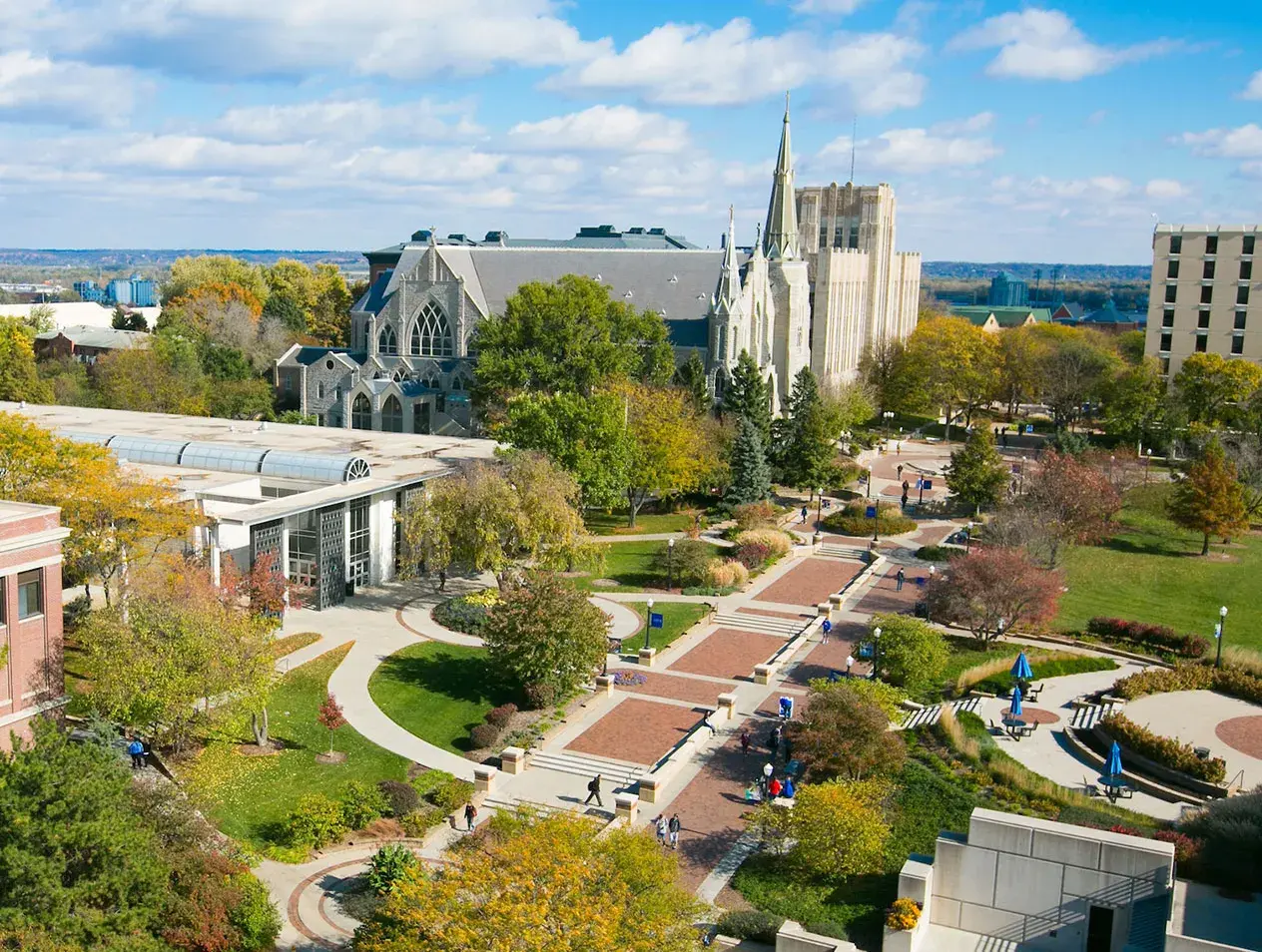
Employment Visa FAQs
Browse common employment visa questions and their answers below.
The best answer to give is one such as the following: "I am currently on an F-1 visa and have X months of Optional Practical Training available which can be used after I graduate. With H-1B visa sponsorship, I would be able to contribute to your firm for up to six additional years."
Absolutely! It is important to be honest in order to maintain a good relationship with an employer. The key is to "sell" your Occupational Practical Training (OPT) in a way that seems advantageous to the employer. You can help remind the employer that the only cost to them is the time and effort to interview and select you, just like any other candidate. The Global Engagement Office and you, the student, will handle a lot of the paperwork. Furthermore, it's a great "trial run," much like an internship, for both you and the employer to decide if it's worth the long-term investment.
Most Creighton students who find work with a U.S. employer after Optional Practical Training (OPT) will switch to H-1B visa status. The H-1B visa category is a temporary worker category for employees in specialty occupations (i.e., unique skill sets). H-1B work authorization is employer-specific in that it allows the employee to work only for the employer who sponsored him or her for the H-1B. The maximum stay in H-1B status is six years (applied for three years at a time).
Employers face several barriers when hiring international students permanently. First, recruiters seek international candidates with a unique skill set that a U.S. citizen in the candidate pool may not have. Examples of unique skills include software programming, non-English languages, and diverse cultural perspectives that are pertinent to the organization. Once a recruiter determines that the international candidate is a uniquely qualified candidate, the organization must spend about $3,500-$6,000 in legal and filing fees associated with sponsorship. Furthermore, even if an employer makes this investment and "wins" the H1-B lottery, they are taking a risk by committing to the international candidate despite the possibility that (a) the employee may choose to leave, or (b) sponsorship may not lead to permanent residency. The process from H1-B sponsorship to permanent residency is lengthy (often 2-5 years), difficult, and expensive, with no assurance of success.
International students conduct a job search much like other candidates, but two additional approaches (and extra effort) are often necessary to be successful.
1. Identify international employee friendly employers so you can target your search.
2. Build your network to find alumni from your home country, academic background, or targeted career field.


